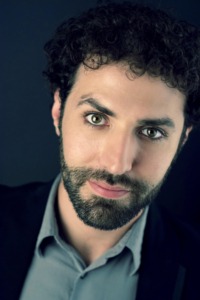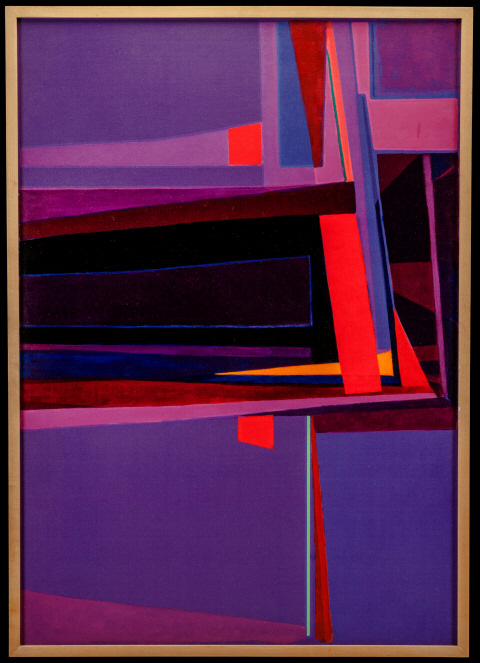We are officially a month out from the New Mexico Performing Arts Society’s 13th season opener and in preparation for this, I spoke with two vocal soloists with NMPAS who are busy getting ready for the September performances of J.S. Bach’s St. John Passion.
Gregory Gallagher, a tenor, and Javier Ortiz, a bass, are performing the roles of the Evangelist and Jesus respectively. I sat down with both of them to learn more about their backgrounds and how they are approaching this performance.
Gallagher is originally from upstate New York but grew up in Ohio. He came to New Mexico to work at Eastern New Mexico University several years ago then relocated to Albuquerque last year.
“I basically came out of the womb singing. I was always singing, doing musical things, making up my own songs,” he said.

He started playing piano at a young age, then joined choir in high school, where he decided to pursue vocal performance and education professionally. Gallagher will join NMPAS for his third season this year.
In regards to the St. John Passion, Gallagher acknowledged that it is a “massive” work and something he has never performed in full.
“When I heard that they were doing this, I reached out to Franz and I was like, ‘Franz, I would love to do my first Evangelist with you if that’s OK,’” Gallagher said.
He explained that the preparation for the September performances is different in that much of the Evangelist’s role is “recitative” or sung dialogue. The Evangelist acts as the narrator of the unfolding Passion of Christ.
“Recitative is no joke to learn,” Gallagher laughed. “St. John is essentially an opera that’s not an opera. It’s as hefty and as long as one might be and so when you are tasked with being one of the only ones that’s kind of propelling that story forward, you have to really dig into the nuance and the detail and the emotions that are found.”
Ortiz agreed that the St. John Passion is a unique composition to prepare. His performance as Jesus plays a similar role in moving the story forward through recitatives.
Ortiz is originally from Pojoaque, New Mexico. After graduating from the University of New Mexico, he spent time studying and performing in the Netherlands and then relocated to New York. He returned to his hometown during the COVID-19 pandemic and from there learned of NMPAS. This will be his third season with the New Mexico Bach Society and NMPAS.

Ortiz also started his musical journal by playing piano at a young age and throughout college. It was in high school when he joined choir but in college that he found opera.
He described working with NMPAS performers as a “little family” with everyone being allowed to shine throughout the season.
Ortiz has also never performed the full St. John Passion, but said he is having fun digging into this “interesting” work.
“Really there’s only one aria for Jesus and it’s hard,” he emphasized. “It’s like a group, team effort and we all sing choruses and then we come out of the ensemble when we have our solos.
“Bach was so fundamental and so ahead of his time and you can really hear it in this piece. So that’s the fun of doing it. You sit there and it just takes you through all these different textures, layers which match the story of the crucifixion.”
Gallagher added that he is always impressed with the musicians of NMPAS and the quality of performance the group produces.
“I hope that people will really reach out and plan to be present for this performance,” he said.
Season 13 will open with performances of St. John Passion on Sept. 6 in Santa Fe and Sept. 8 in Albuquerque. Tickets for both performances are available for purchase online at nmpas.org/tickets.





